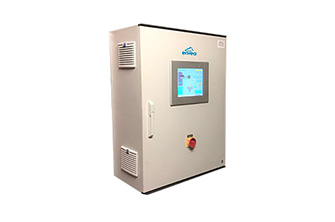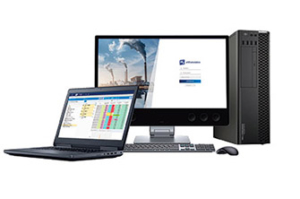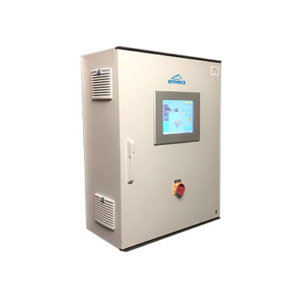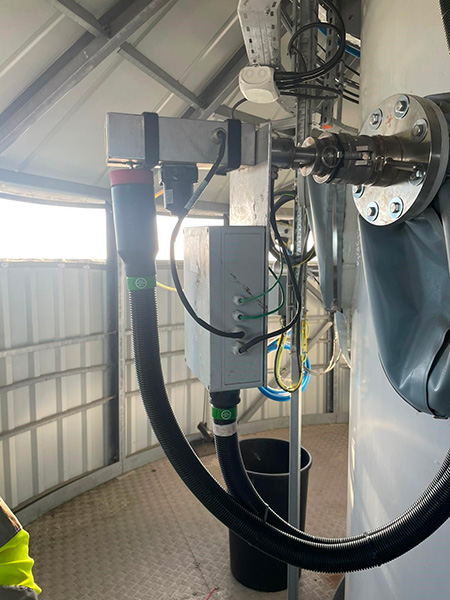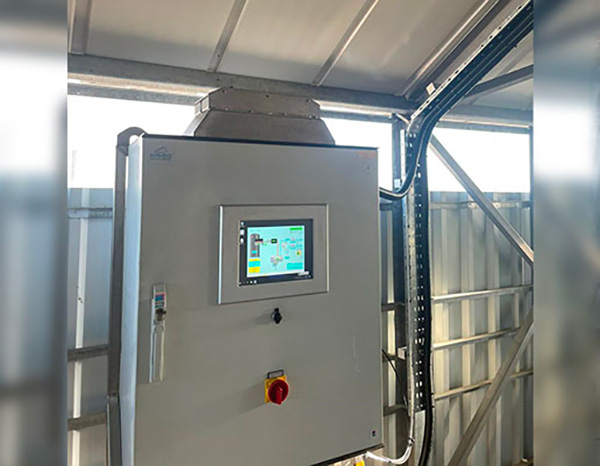
It generates electricity as well as usable heat in combined heat and power (CHP) mode, thereby saving valuable fossil resources and reducing carbon dioxide output.
BACKGROUND
The Renewable Obligation (RO) scheme, regulated by Ofgem, requires licensed electricity generators to source an increasing proportion of the electricity from renewable sources – in this case biogenic CO2.
For their part to prove that these renewable obligations have been met, EfW operators are heavily incentivised to prove the fraction of biogenic CO2 emissions. Operators obtain Renewable Obligation Certificates (ROCs) which are traded when the energy price is high.
To be eligible to obtain ROC’s, the operator must prove biogenic content is at 50 % or greater.
To be able to report biogenic CO2, operators must understand how to measure it.
The 14C method provides the most accurate and cost-effective way for quantifying biogenic CO2 emissions.
PROBLEM
Secondly, it wasn’t automated and therefore, required the operatives to take the sample which had a negative bias.
Ultimately, the plant was unable to confidently report accurate results.
SOLUTION
CUSTOMER BENEFITS
- Provides full compliance with the EN standard
- Technologically advanced in comparison to the current system
- Continuous and therefore fully representative of the feedstock.
- Fully automated and requires no intervention (other than the technicians to replace sample cartridge monthly).
Data is stored and later downloaded to capture plant data which aids analysis in that the concentration of the sample is proportionate to the flow passed through it.
At the end of each month, the samples from each test rig are collected, processed, and sent to an analytical laboratory which is accredited according to ISO 17025 for the 14C analysis of such samples according to EN 13833.
The laboratory results give the plant operator what they need to submit to Ofgem to obtain ROCs.
RESULT
This has, therefore, had a positive financial impact on the qualification of ROCS.
